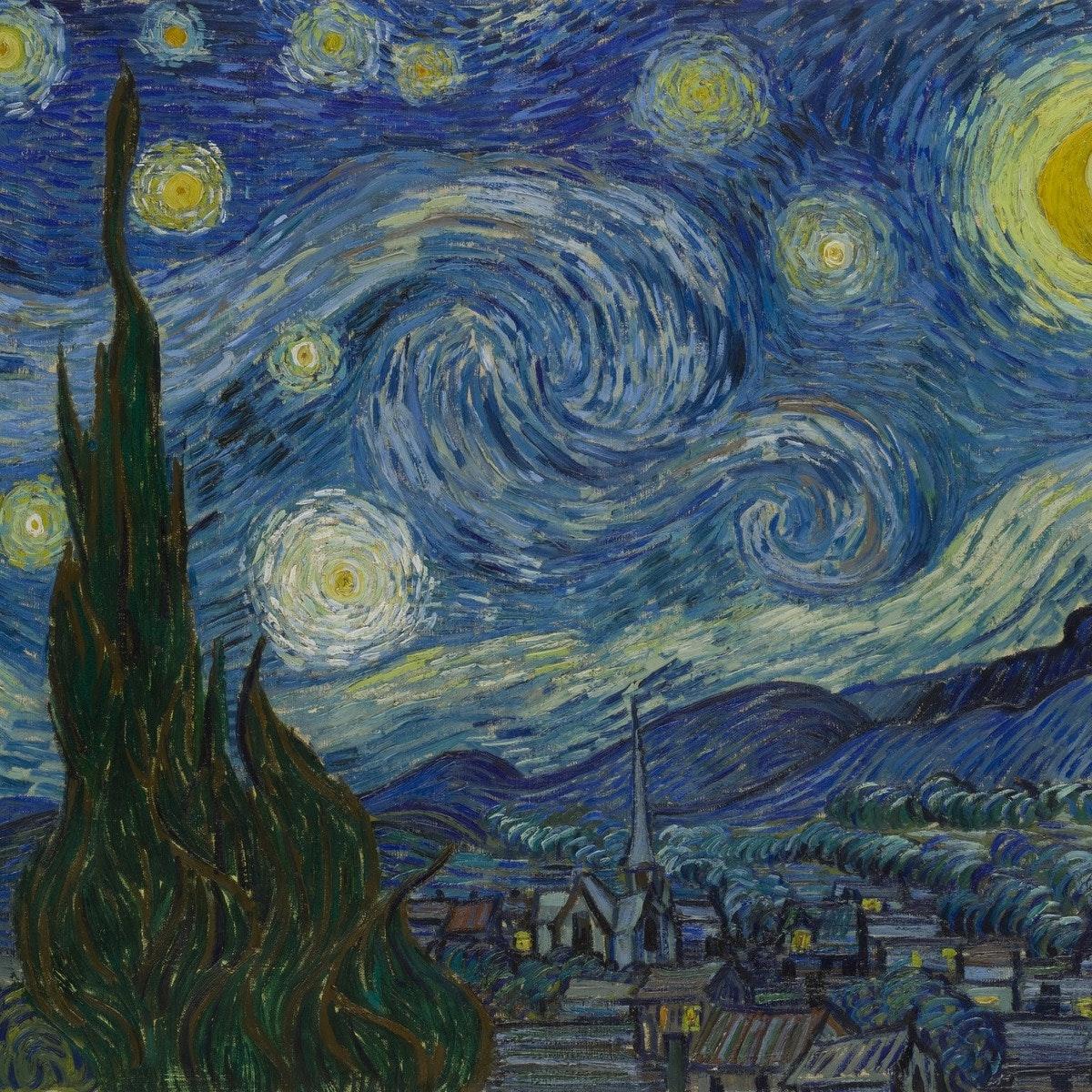Art, a universal language, has captivated humanity for millennia. It transcends cultural and linguistic barriers, offering a unique medium for expression, reflection, and communication. The world of art is incredibly diverse, encompassing a wide range of categories that cater to different tastes, perspectives, and purposes. From traditional forms like painting and sculpture to contemporary digital and performance art, the scope of artistic expression is vast and ever-evolving.
The Evolution of Art Through Time
Art has a rich history that mirrors the evolution of human civilization. Ancient cave paintings and sculptures provide glimpses into the lives and beliefs of early humans. As societies advanced, art became more sophisticated, reflecting complex themes and emotions. The Renaissance period, for example, marked a significant transformation in artistic techniques and subjects, emphasizing realism, perspective, and human anatomy. This era produced masterpieces by artists like Leonardo da Vinci and Michelangelo, whose works continue to inspire awe.
The 19th and 20th centuries saw the emergence of new movements such as Impressionism, Expressionism, Cubism, and Surrealism. These movements challenged traditional norms and explored new ways of seeing and interpreting the world. Artists like Claude Monet, Pablo Picasso, and Salvador Dalí pushed the boundaries of art, creating works that provoked thought and evoked strong emotions.
The Diverse Categories of Art
Today, art encompasses a multitude of categories, each with its unique characteristics and appeal.
-
Visual Arts: This category includes painting, drawing, sculpture, photography, and printmaking. Visual artists use a variety of mediums and techniques to create images that can be both representational and abstract. The visual arts are often displayed in galleries and museums, providing viewers with an immersive experience.
-
Performing Arts: Encompassing dance, theater, music, and opera, performing arts involve live performances that engage the senses and emotions. These art forms often tell stories, convey messages, and explore complex themes through movement, sound, and dialogue.
-
Literary Arts: Literature, poetry, and prose are powerful forms of art that use words to create vivid imagery and convey deep meaning. Writers and poets craft narratives and verses that can transport readers to different worlds, evoke emotions, and inspire thought.
-
Digital and New Media Arts: In the digital age, art has expanded into new realms, including digital painting, animation, video art, and interactive installations. These contemporary forms leverage technology to create dynamic and immersive experiences.
-
Applied Arts: This category includes design, architecture, fashion, and crafts. Applied arts focus on aesthetics and functionality, creating objects that are both beautiful and practical. Designers and craftsmen often blend traditional techniques with modern innovation.
The Role of Art in Society
Art plays a crucial role in society, serving as a mirror that reflects cultural, social, and political realities. It can be a powerful tool for social change, challenging norms and encouraging critical thinking. Art also fosters empathy and understanding by allowing individuals to experience the world from different perspectives.
Moreover, art has therapeutic benefits, offering a means of expression and healing. Art therapy, for example, is used to help individuals cope with trauma, stress, and emotional challenges.
Conclusion
The world of art is as diverse and dynamic as humanity itself. It is a vital part of our cultural heritage and continues to evolve with changing times and technologies. Whether through the timeless strokes of a painting, the stirring notes of a symphony, or the innovative creations of digital media, art remains a profound and essential aspect of the human experience. It invites us to explore, reflect, and connect, enriching our lives in countless ways.

